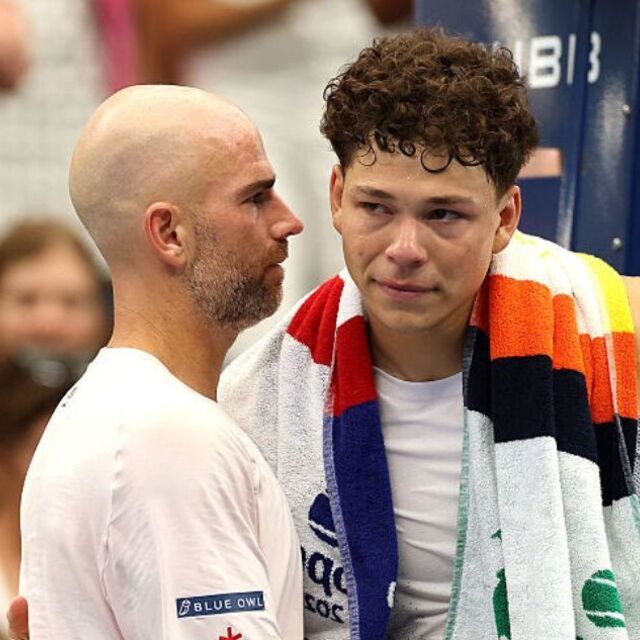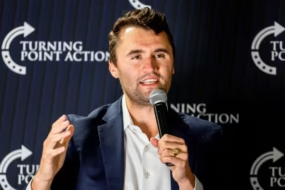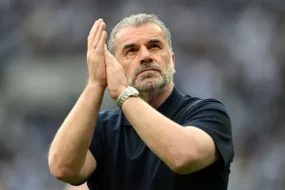From late-blooming junior and NCAA champion to Masters winner and US Open headliner, Ben Shelton has stitched together one of tennis’s most compelling modern ascents.
That sense of steadiness shows in his court presence. He is 6’4″, left-handed, and elastic, with a serve that explodes from a compact motion and a forehand that looks like a spring uncoiling. The footwork is fast-twitch; the instincts are attacking; the expression is part grin, part game-face. Even when he’s flirting with showmanship, he tends to pick smart moments an inside-out forehand when the opponent is leaning the other way, a serve out wide to open the lane for a first-ball strike. He plays like someone who trusts both his homework and his gut.
College crucible, champion’s calm
Before the pro tour, Shelton built confidence and muscle memory in the NCAA trenches. At the University of Florida, he became not just a key part of a national championship team but also a singles champion and the sort of presence that animates a locker room. College tennis is a crucible dual matches under pressure, raucous crowds a few feet from the baseline, momentum swinging in bursts. It taught him to manage chaos and to convert opportunities quickly. When he turned professional, the habits stuck: between points, he resets quickly; on break points, he narrows his target and hits through the ball as if the racket were a metronome.
Those who watched him closely during that period talk about a player who learned how to win before learning how to tour. His transition to the ATP ranks looked less like a leap and more like a continuation. Challenger titles arrived, then deep runs on bigger stages. He began to collect results that are hard to explain away as a hot week: hardened tie-breaks, top wins on quick courts, and a knack for playing his best points at the end of sets.
Breakthroughs and the art of playing to a crowd
What separates Shelton isn’t only ball-striking. It’s the energy he can generate in a stadium and the feedback loop that follows. Some players try to mute a crowd’s randomness; he harnesses it. The fist pumps feel instinctive rather than engineered, and the celebration after a ripper of a backhand is less a pose than a release. In an era where many points look identical, he excels at giving a match a distinct temperature: heat when he wants to sprint; cool when the rally requires a longer look.
That sense of theater worked well as he climbed the rankings. He began to show up in the later rounds of majors, and the broadcast cameras started to linger on his changeovers. It’s not just the power though the serve can reach cartoonish speeds and the forehand off a short ball can sound like a downbeat it’s the punchline timing. He knows when to change direction, when to sneak a serve-and-volley, and when to float that rare, deadened slice that forces a reset. It’s a style that keeps opponents honest and crowds engaged.
A test in New York
Grand Slam tournaments have a way of telescoping a player’s arc into a week. In New York, that magnification becomes a roar. During the 2025 US Open, Shelton again commanded attention with the swagger that has become his signature, but he also ran into the kind of reality every athlete faces: the human body sets limits. In a much-discussed third-round meeting with Adrian Mannarino, a shoulder problem cut short his run, ending the contest before it could evolve into the chess match those two often produce. The stop-start drama underlined an obvious truth: peaks are sweeter when they come after you’ve had to fight to stay on the court.
If anything, the episode revealed how he processes frustration. Rather than spiraling into post-match theater, he acknowledged what happened and shifted the conversation forward. His camp tends to treat these moments like data points inputs for rehab and strength blocks, not headlines to brood over. For a player whose brand is pop and surge, the response was quietly pragmatic: fix what needs fixing, then get back to the work of making hard courts feel small again.
How his game travels
Shelton’s toolkit travels well. On faster hard courts, his lefty serve is a lit match: out-wide angles that yank returners into the double alleys, body serves that jam, and flat bullets that barely rise above the tape. His second serve is not a concession; he uses it to keep initiative, sometimes daring a big return just to set up the next shot. The backhand, so often the pressure point for aggressive lefties has improved in two critical ways: he finds depth when he’s stretched, and he can change direction down the line without rolling the dice on timing. That makes the forehand’s violence harder to predict, and it gives him license to drift inside the court where he does his best work.
On slower courts, where time compresses in different ways, he has learned to temper the urge to redline. The lesson, visible over the past couple of seasons, is to sequence points with a plan: use height and shape when necessary, clear the net by a safer margin when he’s off-balance, and save the uncompromising strike for the ball that deserves it. It’s evolution without dilution more options, same edge.
Mindset and the people around him
Spend a few minutes watching Shelton between points and you’ll notice how quickly he locates center. He gives himself the tiny rituals every competitor needs, but there’s rarely a look up at the box pleading for answers. It’s not stoicism; it’s agency. That independence pairs well with the counsel he gets from his father, whose dual vantage tour veteran and college coach helps Ben translate feedback into action. The dynamic feels less like a lecture and more like a firm conversation. The message seems simple: pressure is a privilege; preparation is a choice.
For all the big stages he occupies, he tends to keep his off-court life unadorned in public, surrounding himself with people who are comfortable staying out of the frame. It gives him the ability to put the performance where it belongs: on the court, where the ball can do the talking and where, for two hours, the world narrows to a rectangle and a scoreboard.
The horizon
What comes next depends on health and reps, but the outline is easy to sketch. He has the weapons to threaten anyone; he has the composure to manage five sets; he has the curiosity to keep adding wrinkles. If his serve holds at its current level and the backhand continues to firm up, he won’t just flirt with the sport’s biggest prizes he’ll be among the short list of players who can take them. When the schedule stretches from late winter through late summer, his energy rarely feels counterfeit. He’s the rare player who can make an early-round night session feel like a final simply because he refuses to let the air out of the match.
Most careers are not a straight line. There will be dips, there will be weeks when the timing evaporates, there will be set-and-a-break leads that somehow slip. But Shelton’s calling card is momentum married to patience: he goes forward without rushing the process. That’s how you build something strong enough to last the length of a career rather than the half-life of a headline. If you’re looking for the center of the next chapter in American men’s tennis, it’s hard not to see it coalescing around a left-handed serve that booms and a player who has learned how to direct the noise.









No Comments